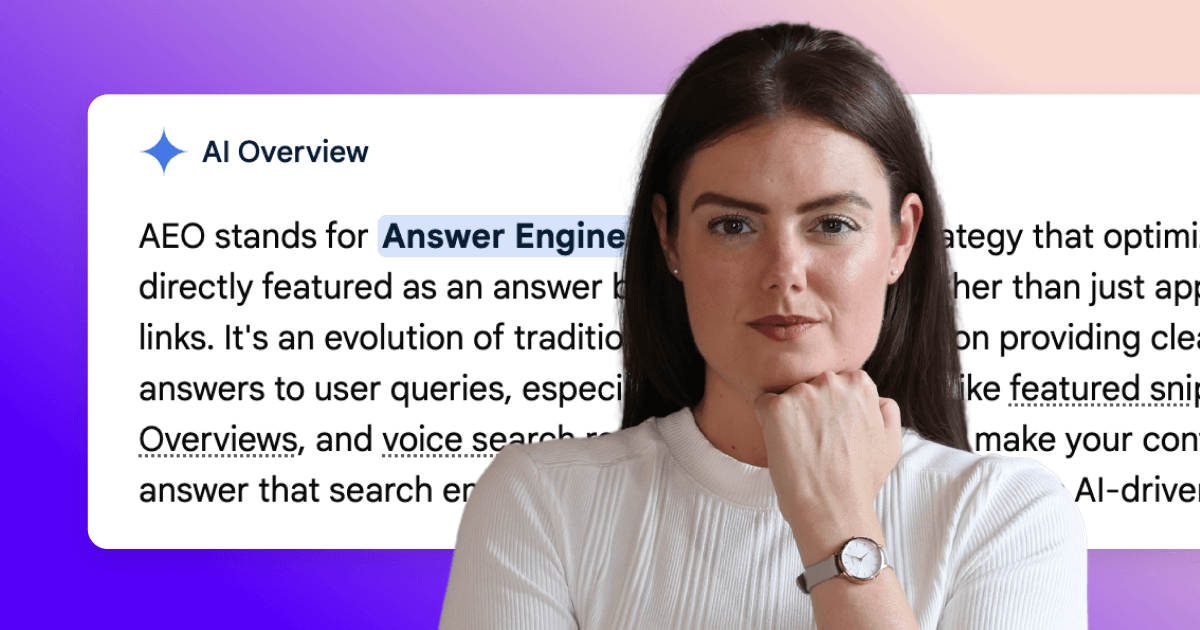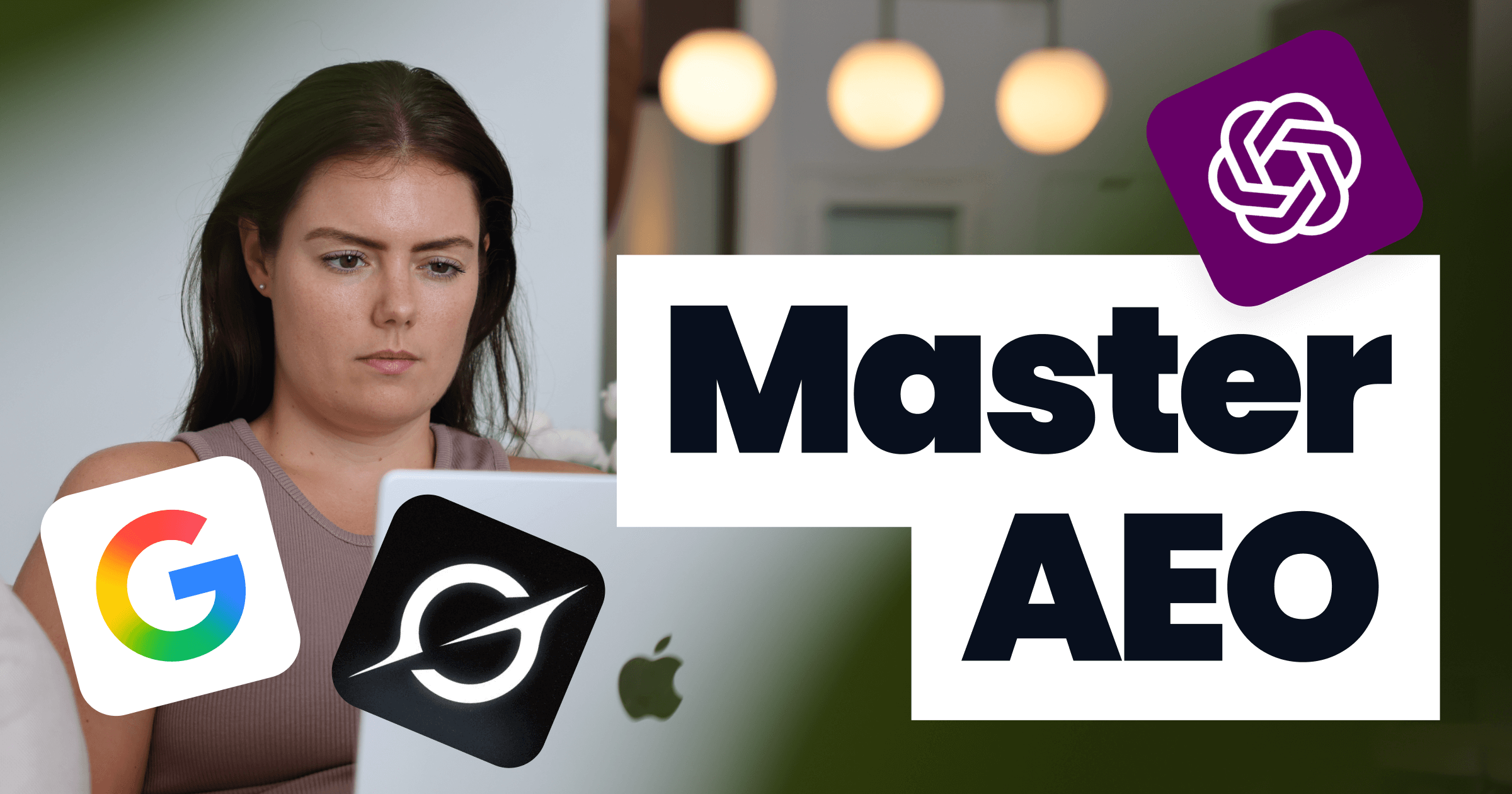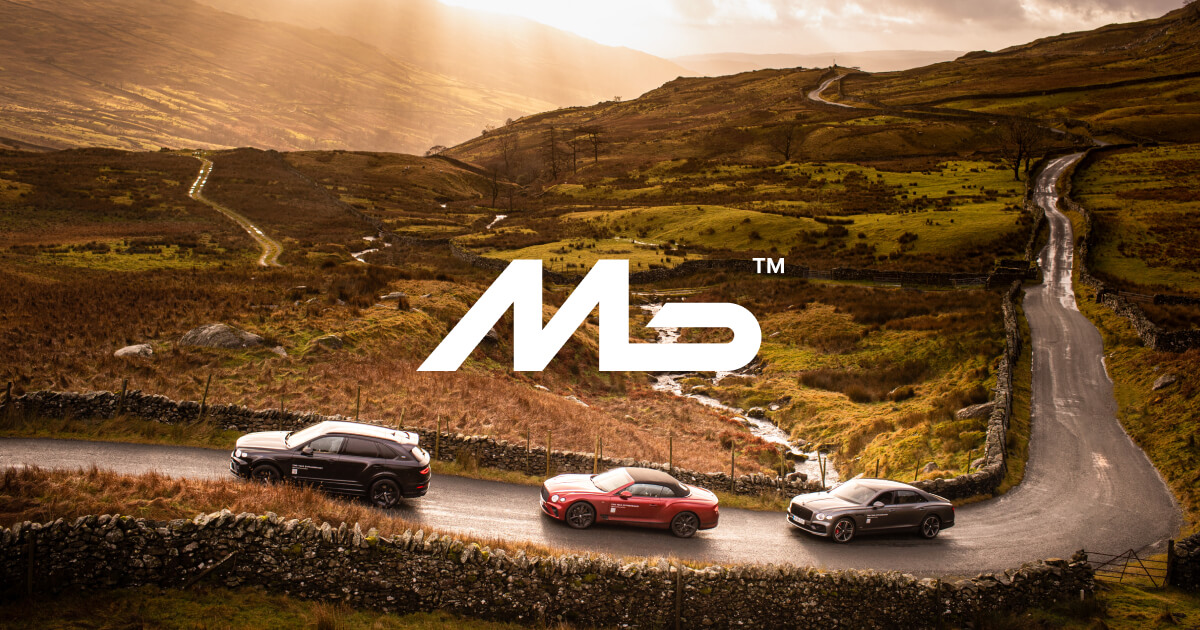
The internet is arguably one of the most significant technological advancements that society has ever witnessed, and it continues to evolve way beyond anything we could have ever imagined.
The last 3 years have been an utter whirlwind for digital technology, from groundbreaking advancements in AI and VR, to the emergence of the Metaverse and global usage of cryptocurrency - we’re all just trying to play catch up!
Web 3.0 is yet another advancement we must wrap our heads around, having been in development for many years now it is set to truly revolutionise the way in which we communicate, connect and collaborate with one another, to ultimately enhance the way we live.
So, where did it all begin?
Tim Berners-Lee had a vision in mind when inventing the Internet in 1989, for it to be a network of information connections. With Web 1.0 there was a read only function meaning users had little to no interactions with the webpage. But Berners-Lee’s overarching idea of the internet was to create a collaborative medium, a place where everyone could meet and read and write. Fast forward 30 years and we’re on the third version of the internet already (well nearly - Web 3.0 isn’t fully in action - it’s a work in progress).
Web 2.0 really did change the world as we know it by introducing the ability to interact and communicate with others using social media platforms, and allowing us to find information in an instant using large corporate companies such as Google. The user-generated functionality of Web 2.0 has opened up endless possibilities and opportunities for individuals and organisations to connect and interact with millions of people.
In order to fully understand both the need and the use of Web 3.0 it is necessary to understand the functionality of both Web 1.0 and 2.0. Keep reading and we will delve a little deeper into all three versions of the internet...
Evolution of the internet from Web 1.0, 2.0 to 3.0
Let’s take a look at how the internet has changed from Web 1.0 in 1989 to Web 3.0 in 2022:

Web 1.0 (1989-2005)
The first version of the internet looked a whole lot different to the version most of us know and use now. The primary purpose of Web 1.0 was to provide a platform that gives users the ability to find information and read content in a digital way. It is characterised as a read-only web experience where users could read information on web pages driven by web browsers using HTML, HTTP and URL technology.
The experience of Web 1.0 was highly decentralised, with no search engines social media platforms. Instead the content was static and hyperlinked together from a server - but at the time users were delighted at the invention of such features like real-time news retrieval and email services.
Web 2.0 (2005-present)
With technology beginning to advance in the early 2000s, it was unsurprising that the internet was to undergo a major transformation to present to us Web 2.0.
By the millennium, social media platforms had emerged, encouraging people to engage and interact with one another. The purpose of Web 2.0 was to give users the ability to read and write, however, this meant the introduction of centralised applications and websites.
Web 2.0 was a successful upgrade, with the likes of Amazon, Uber and Meta (formerly Facebook) arising during this time.
There are three major changes that happened during the time of Web 2.0:
Social
Until the introduction of MySpace and Facebook the internet wasn’t used for social networking or messaging. Social media sites encouraged users to engage in content creation, from things such as reviews under restaurant websites, to creating their own blog posts.
Cloud
Cloud computing really evolved between 2005-2010, allowing businesses to run essential applications and sites through the Internet, saving them time, space, hassle and a lot of money. There's no doubt that the Internet became much more valuable, participatory and pretty integral to many peoples lives throughout this period. However, this is also where the turning point for Web 2.0 happened in terms of becoming much more centralised.
Mobile
When the first iPhone was introduced in 2007 internet usage skyrocketed - iPhone creator Steve Jobs described the iPhone as a ‘breakthrough Internet communications device’ and he was not wrong! The iPhone allowed users to be online and connected all the time - although it was not the first smartphone, it was the first one to make a real difference to our daily lives.
Some of the major characteristics that are associated with Web 2.0, that also show a clear distinction from Web 1.0 technologies, are the following:
- Blogging
- Ajax and other new technologies
- Google Base and other free web services
- RSS-generated syndication
- Social bookmarking
- Wikis and other collaborative applications
- Dynamic as opposed to static site content
- Interactive encyclopaedias and dictionaries
- Ease of data creation, modification or deletion by individual users
- Advanced gaming
Web 3.0 (emerging)
Using Web 1.0 and 2.0 to understand the do’s and don'ts of the internet, Web 3.0 has been created as a decentralised internet that uses blockchain technology and AI to be trusting and permissionless without a gatekeeper, such as Facebook or Google, having ownership or authority.

What is Web 3.0?
Let’s start with defining what Web 3.0 is to clear up any confusion - it can be difficult to get your head around the fact that there are now three versions of the internet, each with a different purpose.
There has been much debate around who exactly came up with the Web 3.0 concept as there have been multiple versions of Web 3.0 thrown around as ideas over the years. But ultimately it was originally invented by the World Wide Web inventor himself, Tim Berners-Lee, and was originally called the Semantic Web - which was aimed at being a more autonomous, intelligent and open internet.
Web 3.0 can be defined as a new era of the world wide web, using blockchain technology and incorporating concepts such as a permissionless entity. It will be a new internet in which people and things are seamlessly connected and intertwined in ways we cannot currently comprehend with Web 2.0, integrating web apps into our daily lives to meaningfully link people and things.
There are three defining characteristics of web 3.0: decentralisation, openness and user functionality. Data from users will be interconnected in a decentralised way (meaning there is no one controlling or owning your content other than yourself as the user/creator). It is made using an open-source software developed by an open and helpful community of developers and is accomplished in full view of the public. User functionality is at the forefront of Web 3.0 - the aim is to make the internet experience accessible and user friendly for all users on all devices.
Properties of Web 3.0
Decentralised data
Blockchain technology plays a pivotal role in the creation of Web 3.0 - enabling the World Wide Web to be decentralised and much fairer to the users. For those who haven’t yet come across this term, blockchain technology is essentially a system for recording and storing information in a way that makes it nearly impossible to change, hack, or cheat the system. It is a digital ledger of transactions that is duplicated and distributed across the entire network of computer systems on the blockchain.
By decentralising the data used on the internet, Web 3.0 can become a creator-driven platform developed for users by users. The current version of the internet (Web 2.0) is subject to centralised management and storage of data, and with this comes many risks of breaches of data privacy and content ownership.
Artificial intelligence
Web 3.0 will use a branch of artificial intelligence - machine learning. Machine learning uses data and algorithms to imitate how humans learn, gradually improving its accuracy the more users interact with it.
Using machine learning in Web 3.0 will help to facilitate faster and more relevant results individually to each user, ultimately better satisfying the needs of users.
Trustless and permissionless
By decentralising the internet for Web 3.0 it avoids the need for permissions access as it uses an open-source software. Without the need for permissions it allows users to interact with apps and websites without going through authentication to access services of their choosing. The users’ data and privacy is much more secure without the interference of other parties.
Blockchain technology enables the data of applications to be stored in multiple locations simultaneously, rather than in a single cloud provider - the data is therefore governed without the need for a central control.
Why has Web 3.0 been developed?
Web 3.0 has been developed and evolved from its earlier version, Web 2.0, to create a democratised internet - meaning no single entity can control the flow of information or simply end a network.
As of the end of 2021, there is a recorded total of 4.66 billion internet users worldwide - meaning nearly two thirds of the world population are online, yet in comparison there are only a small handful of companies used to store the world's data. The four giant companies that have the most authority and control over our data are Amazon, Google, Microsoft and Meta (formerly Facebook).
There are a several major problems with having a centralised internet system and several companies yielding so much authority and power;
- equal access
- information control
- intellectual property
- copyright
- authorship
- trust
- privacy
- security
- cultural considerations
Consider this: you’ve built your whole career around a YouTube Channel and your social media channels, this is your living income and how you pay your mortgage. One day the server for YouTube shuts down, all of the data is lost and cannot be restored - if the server is not fixed then that’s your whole career over. Or an example that is a little less extreme but still very disruptive and annoying; a platform such as Netflix or Instagram decides to block your account and ban you as a user, you have no control over this as the content is not yours in the first place.
Sadly these scenarios are extremely real within a centralised system whereby large corporate companies have ownership over all of the users' content and access to their private data. As a marketing agency, we have come across hundreds of clients who rely on websites and social media platforms for their business to operate, thus can understand the importance of having a centralised system going forward.
Web 3.0 is designed to give ownership back to the original creators.
The servers, systems, and networks where applications are run from and where data is stored will, in theory, be owned by the users themselves, who will have voting rights over what rules and regulations are in place, and how they can be used.
Web 3.0 and Web 2.0 - what’s the difference?
It’s relatively easy to identify the major differences between Web 1.0 and Web 2.0. Whereas with the Web 3.0 generation of the internet, the differences are not as clearly defined or as easy to spot.
As aforementioned the fundamental difference between Web 2.0 and 3.0 is that one is centralised and the latter is not. Web 2.0 refers to websites and applications that use user-generated content for users. Web 2.0 is used in many websites today, mainly focusing on user interactivity and collaboration, as well as focusing on providing more universal network connectivity and communication channels.
The difference between Web 2.0 and 3.0 in terms of their uses and features, is that Web 3.0 is more focused on the use of technologies like machine learning and AI to provide relevant content for each user instead of just the content other end users have provided. Web 2.0 essentially allows users to contribute and sometimes collaborate on site content, while Web 3.0 will most likely turn these jobs over to the ‘semantic web’ and AI technologies to give full ownership to the creators and to allow for seamless and safe connectivity between users.
Is Web 3.0 here yet?
Although we’re talking about Web 3.0 as though it is already in use, it is actually still a work in progress and the transition from Web 2.0 to a fully integrated Web 3.0 could take a number of years. Looking back, the transition from the original Web 1.0 to Web 2.0 took nearly ten years to complete - and it’s looking likely that it will be the case for Web 3.0.
The technologies that are required for Web 3.0 are already being used in many other industries such as gaming and manufacturing. For an entirely decentralised internet there must be several changes, some of which include societal changes whereby countries must accept that they cannot control an entire server.
The future of the internet remains uncertain for now, but what we do know is that when Web 3.0 is fully integrated our lives will drastically change - and our team at Beyond will help clients to transition from Web 2.0 to Web 3.0 with little to no disruption to their business.
Web 3.0 and Blockchain technology
We feel it’s important to look into how Web 3.0 and blockchain technology are interlinked and the ways in which blockchain technology has roadmapped the path for the development of Web 3.0.
It is generally believed that the emergence of cryptocurrency, particularly Bitcoin, was one of the first points for the outline of Web 3.0. The blockchain building block for Web 3.0 is the same technology that is used for many major cryptocurrencies and non-fungible tokens (NFT’s).
Blockchain technologies have truly been the foundation for the development of Web 3.0. Users who have never met and do not trust one another can reach an agreement for the sale of something and settle a transaction over the internet in the safest way possible with absolute certainty that both the product and payment will be received.
The blockchain technology that Web 3.0 uses is to be revolutionary for data protection and privacy - with a system that is nearly impossible to hack users can rest assured that their data is safe and secure.
Web 3.0 and the Metaverse
The Metaverse and Web 3.0 are often mistaken for being the same thing. To clarify - this is not the case, despite the several similarities with the two concepts which may lead people to believe that the two are in competition with one another to become the best latest technology.
It is in fact possible that the Metaverse and Web 3.0 can work collaboratively to provide the best possible user experience. If you’re unfamiliar with the term ‘Metaverse’ we recommend taking a read of our article ‘Metaverse Explained’ to gain a better understanding, but to give you a quick idea here’s our definition:
‘The metaverse is a network of 3D virtual worlds focused on social connection. Within the virtual worlds you can play games, socialise with other avatars, build where you like, and even buy virtual land and goods. It (the Metaverse) will provide a brand-new internet experience that merges new technologies such as augmented reality (AR) and virtual reality (VR) to create an embodied and immersive experience.’
The Metaverse has not taken the concept of a decentralised internet into account, which is possibly their biggest difference to Web 3.0. However, all the technologies used for both the Metaverse and Web 3.0 are the same and would support each other perfectly if used together. For example, both concepts use blockchain technology and NFT’s.
Web 3.0 could serve as the basis for interconnectivity in the Metaverse, and since the Metaverse uses blockchain technology to support secure data and money transfers it would nicely complement the vision of Web 3.0 for developing a whole new financial world that is decentralised and trusted.
It is not yet known if, or how, the two will merge together, but the future of the Metaverse and Web 3.0 is exciting for users and businesses, and will be a groundbreaking advancement in technology.
How Web 3.0 will affect businesses
As a business owner the thought of yet another new change in technology to adapt to can be quite daunting. The digital world is fast-paced and if you don’t keep up with different technological advancements then you’ll soon be left behind.
Web 3.0 is a technology change that businesses do not want to miss out on as it reaps countless benefits that are good for business. These include but are not limited to:
- Streamlined Business Processes
- No requirement for a 3rd party
- Efficient relationships with employees, customers and suppliers
- Transparency in all operations
- Highly secure data protection, less chance of hacking
- Improved analysis of data
- Cheaper and instant access to data
- Flexible infrastructure
- Improved and efficient customer relationship management
- Real time payments and currency exchanges
- Efficient supply chains
Web 3.0 enables companies to offer their customers a user experience like no other, making the navigation between pages on their site or engagement with content across several devices easier than any other technology. Businesses can use this new and improved internet to accurately and directly reach their customers in so many new ways - on any app, platform or device, based on data produced by customers interactions and behaviours.

How Beyond can help businesses use Web 3.0
As a digital design and marketing agency, we have seen the development of hundreds of new and improved technologies. We have had to learn quickly how to adopt them and find ways to integrate them within our own business, and for our clients.
Experience has taught Beyond that each company we work with must approach new technologies differently to suit their business goals and requirements.
Our team of fantastic designers, developers, marketers and content creators are constantly finding new ways of using technology to get the most out of it for our clients.
Need a hand? Let us know!

Just a heads up, some of the links in this article may be affiliate links, meaning we may make a small commission on any sign-ups or purchases for the tools we recommend.






































